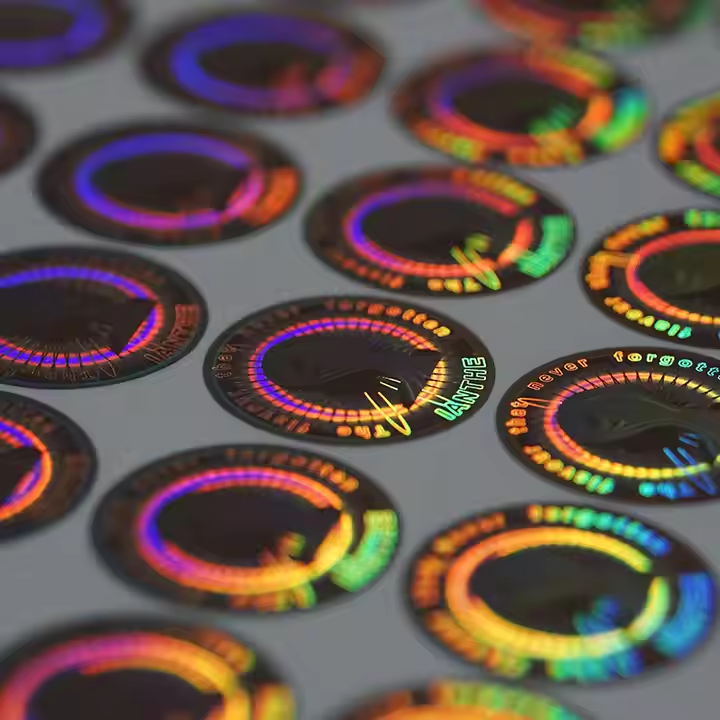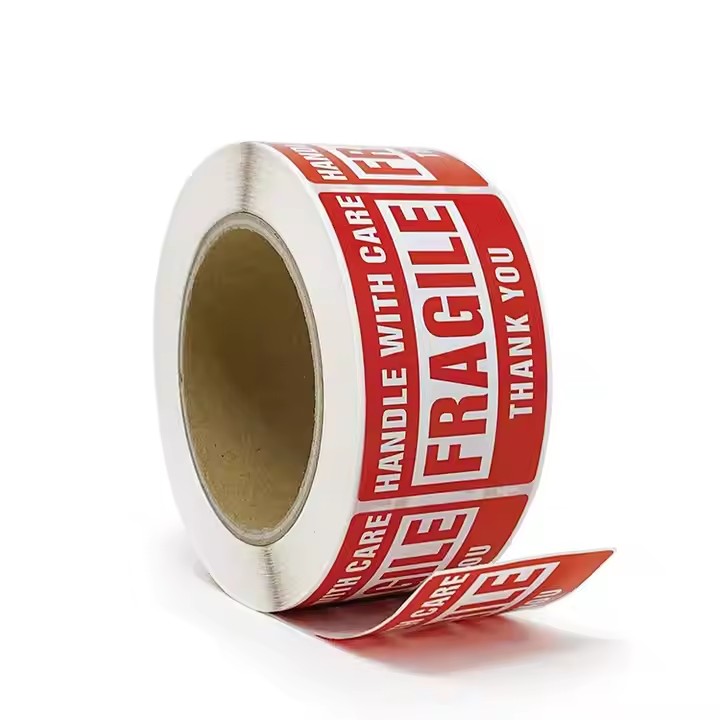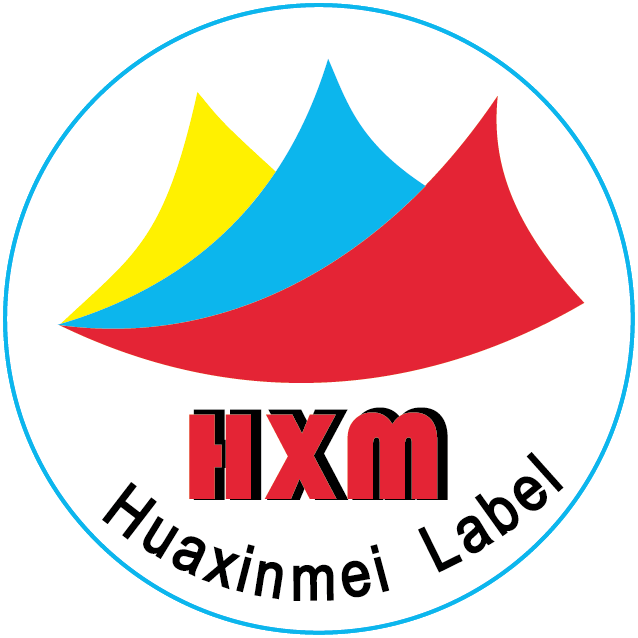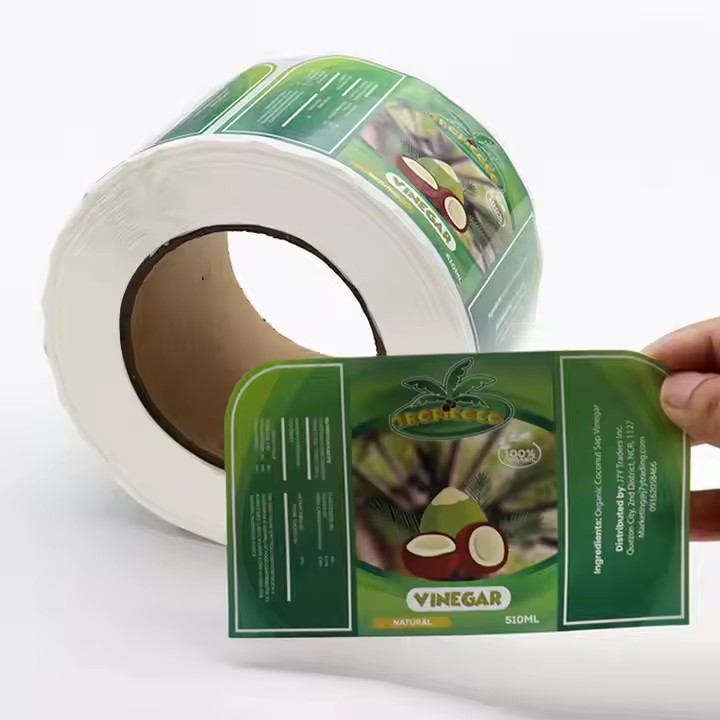In the process of producing custom labels, factories must utilize relevant technologies. The level of technological sophistication directly impacts whether label manufacturers need to invest more capital. Advanced technologies require higher investment costs for equipment, but they can also improve label production efficiency. Therefore, to enhance production efficiency, it is crucial to integrate advanced technology into the label manufacturing process.

Digital Design Technology
Using professional design software, such as Adobe Illustrator and CorelDRAW, allows designers to create various complex label patterns with precision. Utilizing these specialized tools improves work efficiency and showcases the company’s professionalism, reassuring clients about the design quality and fostering long-term collaboration on label orders. These software programs also provide a wide range of drawing tools and effects, meeting diverse customer needs for label aesthetics.
3D design software can create labels with a three-dimensional effect, adding unique visual appeal to products. For instance, 3D modeling can simulate how a label looks under different lighting conditions, allowing clients to visualize the final result before production. This step is crucial for users to see the packaging effect of the label, helping to ensure that the label aligns with the product itself.
Additionally, online design platforms can be developed, enabling customers to design labels directly on the web without needing to install professional software. This approach is convenient and efficient, allowing both label producers and clients to quickly view the packaging appearance and expedite collaboration. Online platforms can provide numerous templates and resources for clients to select and modify according to their needs, significantly increasing design efficiency. Furthermore, these platforms can display design effects in real time, allowing clients to make adjustments and optimizations based on designer suggestions.

Printing Technology Innovations
With advancements in technology, the use of digital printing in label production has become increasingly prevalent and important. Digital printing allows factories to quickly and flexibly produce custom labels. Unlike traditional printing methods, digital printing eliminates the need for plate-making, greatly shortening production cycles. This innovation in printing technology facilitates collaborations with more clients within shorter timeframes, leading to increased profitability.
For small business owners, digital printing also enables small-batch, personalized printing to meet diverse customer needs. Many small enterprises require label production for their products, but traditional companies often avoid small-scale orders due to lower profit margins. Digital printing effectively addresses this issue, allowing for small orders to be fulfilled and revitalizing market activity, encouraging more small businesses to engage in production.
Another advantage of digital printing is its capability for variable data printing, such as barcodes and serial numbers, enhancing the functionality of labels and enabling one technology to print multiple labels. Specialty printing techniques, such as hot stamping, UV printing, and embossing, can also add unique textures and visual effects to labels. This printing can effectively create custom labels for special occasions, like Christmas, Valentine’s Day, or the Mid-Autumn Festival, to attract attention or serve as gifts. Specialty printing techniques can highlight key information on labels and elevate product quality. For example, hot stamping can make text and designs on labels more prominent, enhancing brand recognition, while UV printing provides a glossy and three-dimensional effect, increasing product appeal.

Material Selection and Innovation
In terms of applying technology to label production, exploring and utilizing new materials, such as eco-friendly, biodegradable, and high-performance materials, is essential. These materials not only meet customers’ demands for environmentally friendly labels but also enhance durability and functionality. As awareness of environmental issues and energy conservation grows, consumers increasingly prefer eco-friendly products. Therefore, companies should research and develop labels using environmentally friendly materials, which can significantly influence consumer purchasing decisions.
More labels now focus on sustainable packaging that can be reused multiple times, improving product efficiency rather than being discarded after a single use, which contradicts the principles of energy conservation. For example, biodegradable materials can reduce environmental pollution, while high-performance materials can withstand harsh conditions like extreme temperatures and humidity.
Moreover, the introduction of smart materials, such as RFID (Radio Frequency Identification) and NFC (Near Field Communication) labels, can facilitate wireless identification and data transmission, aiding in product traceability and inventory management. However, the high capital investment required for such technologies may pose challenges for label-producing companies. Depending on the current financial status of the business, it may be feasible to explore these options if funds are available. For example, RFID tags can read information without physical contact, significantly enhancing logistics and inventory management efficiency.



